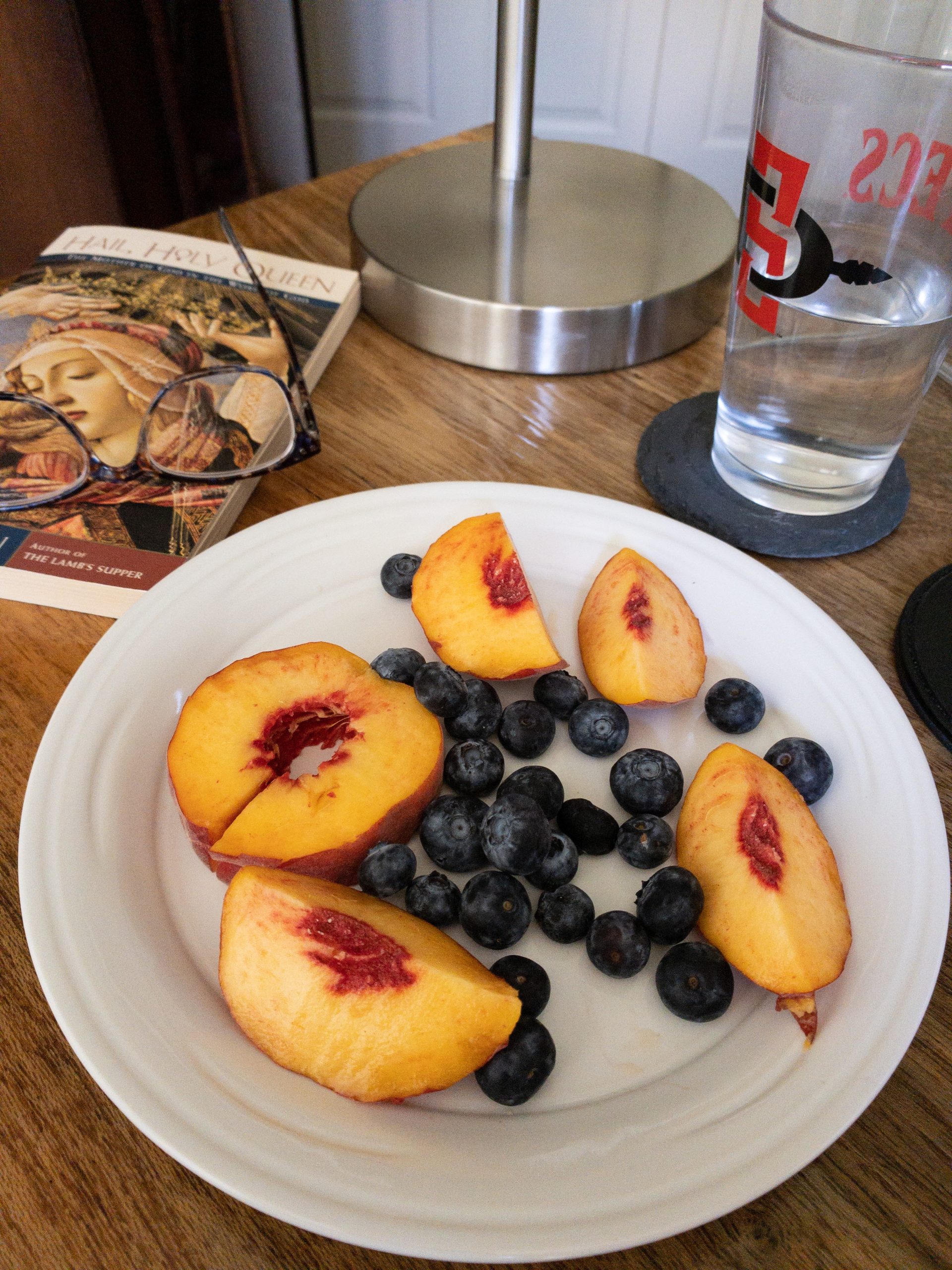Standing with the refrigerator door open, I secretly drank from the jar. My daughter asked, “What in the world are you drinking?”
Turning, I smiled with blood red lips, “Don’t judge me! I’m drinking my kvass!
She looked at me askance.
“Ok, you know how much you love pickle juice? Well, this is like drinking the most delicious, effervescent pickle juice.”
I could hear her eye roll. “Yeah, but that still tastes like beets.” She smuggly walked away.
“That just means there’s more for me!” I called after her. I know who the true winner is! ME!!!!!!!!
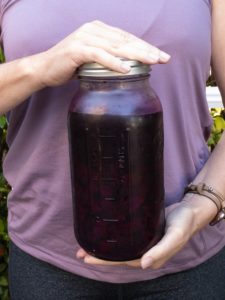
Beet kvass has been around for eons, and yes, it tastes like beets. Kvass got its start in Russia as a health tonic to improve hangovers and as a blood cleanser. You’ve gotta love recipes from way back! People didn’t know why they worked, they just trusted the evidence.
We now know that beets, left to their own devices in salt water solution, will ferment into loveliness because of the lactobacilli on the beets. Lactobacilli is a bacteria found on anything grown in or on the ground which produces lactic acid from the fermentation of carbohydrates. Here we’re talking about the naturally occurring sugars in the beets.

The beautiful thing about fermenting is that our bodies can more easily absorb all the nutrients from the beets. Filled with folate, manganese, and vitamin C, beets are superfood! Think about it… folate is known to prevent neural tube defects in babies and reduces the risk of heart disease, cancer, and depression. Manganese is needed for enzymatic processes in the body and for wound healing. Vitamin C supports a healthy immune response and is an antioxidant. Amazing, right?!
A few of things to note.
- Drinking beet kvass may cause your urine to turn red. Don’t panic! It’s not blood. It’s just a harmless color change.
- Don’t consume beets if you are concerned about kidney stones.
- If you are on a low FODMAPs diet you’ll also want to steer clear of beets because of their short chain carbohydrates, known as fructans, that feed gut bacteria.
All that being said, beet kvass is inexpensive to make and really, all you need is some time to make it. Fresh, organic beets, a bit of sea salt, and filtered water are the main ingredients. If you have water kefir you can add a little as an inoculant to speed up the fermenting process, but it’s not necessary. I like my kvass on the more sour side so I prefer to let it go for the full 10 days.
[lt_recipe name=”Beet Kvass” prep_time=”15M” cook_time=”0M” total_time=”7-10 DAYS” difficulty=”Easy” summary=” A naturally fermented beverage that is great for gut health!” print=”yes” ingredients=”4-5 small beets (1.5-1.75 lbs);1 tsp salt;4 oz whey or water kefir (optional);Filtered water” ]Wash and trim the beets well. Chop into 1/2-1-inch pieces.;Place the beets into a half gallon jar.;Sprinkle salt into the jar.;Add water kefir if using.;Add enough filtered water to cover the beets and leave 1 inch of headspace at the top of the jar.;Place a lid loosely on the jar and set it on a plate just in case it bubbles over.;Leave the beets on the counter for 7-10 days. ;Note: It is necessary to keep the beets submerged. If they float to the top, simply fill a small zipper top bag with filtered water and place into the jar. This will keep the beets submerged and protect them from mold.;After 7 days, taste the liquid. If it tastes sour enough, pour off the liquid into another jar. Save the beets separately and use them for salads/sides over the next week. (Refrigerate both the kvass and the beets.) If the kvass is not sour enough, let it sit out another 24 hours and taste it again. Keep doing this up to 10 days or until the kvass is sour to your liking.[/lt_recipe]
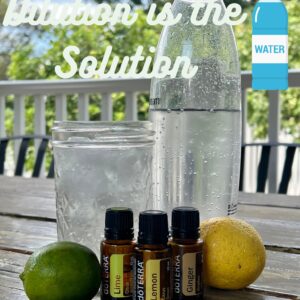 DILUTION IS THE SOLUTION
DILUTION IS THE SOLUTION One Small Step
One Small Step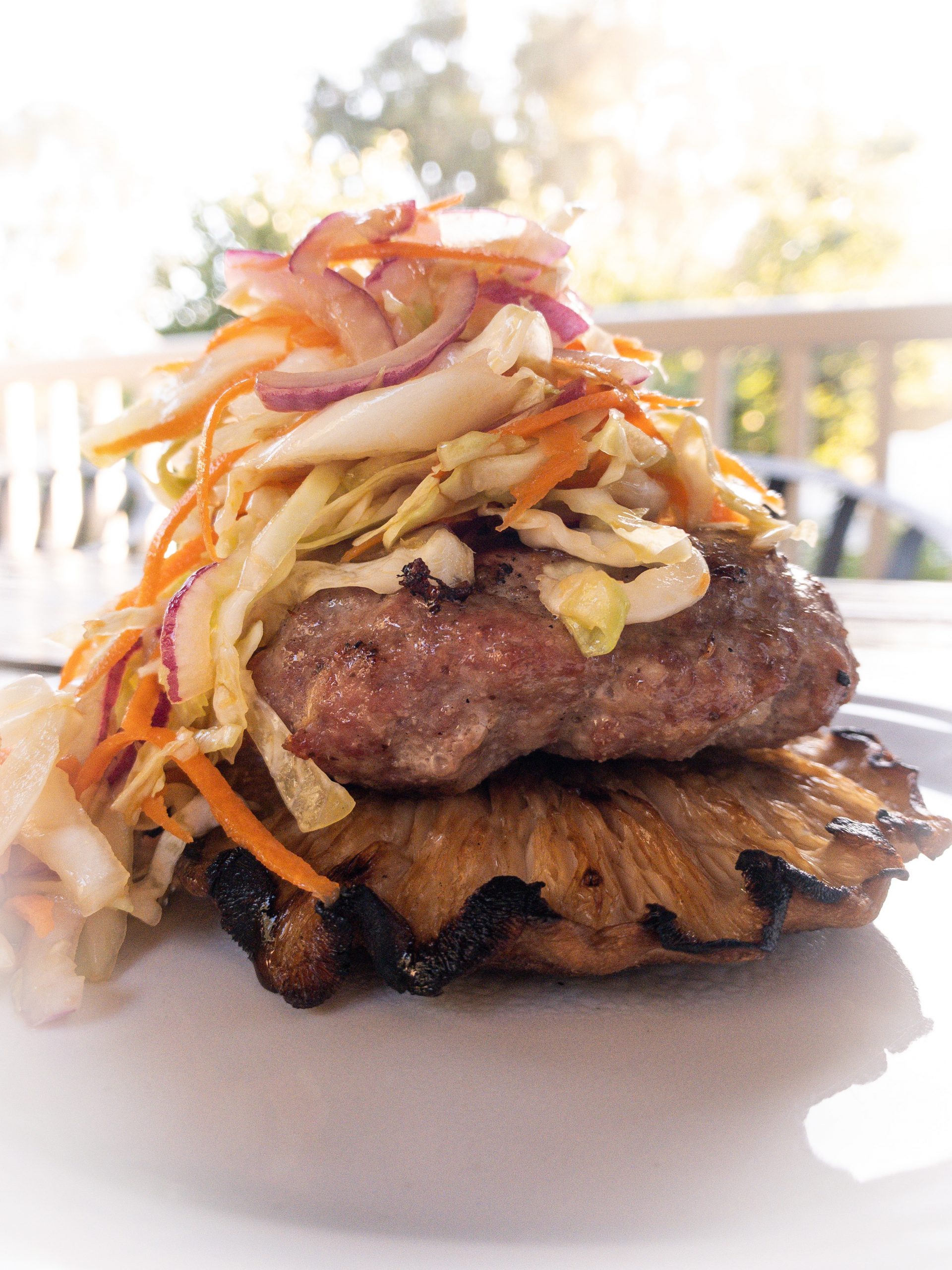 AIP / Paleo – Asian-Style Pork Burgers
AIP / Paleo – Asian-Style Pork Burgers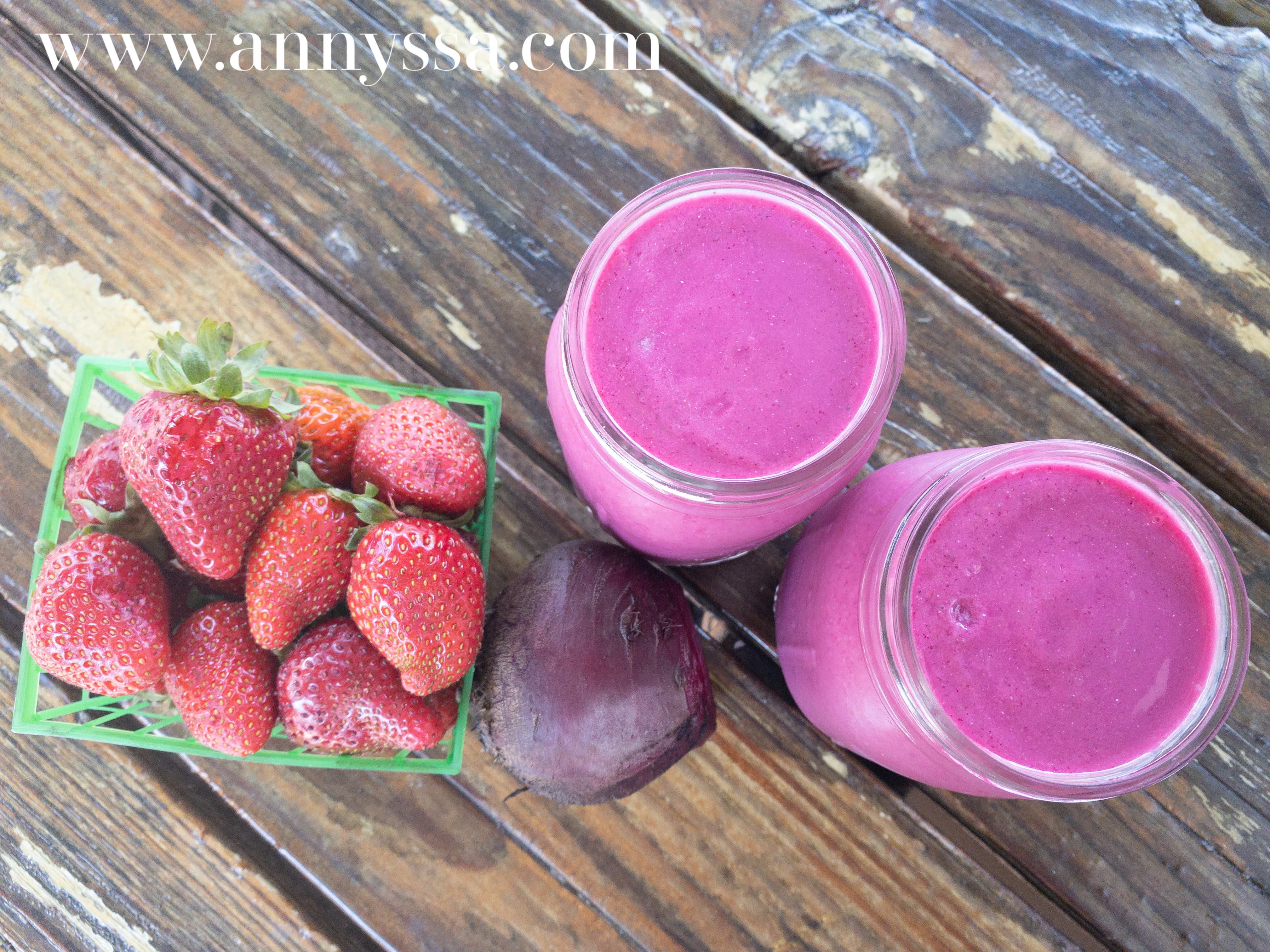 Red Power Detox Smoothie
Red Power Detox Smoothie